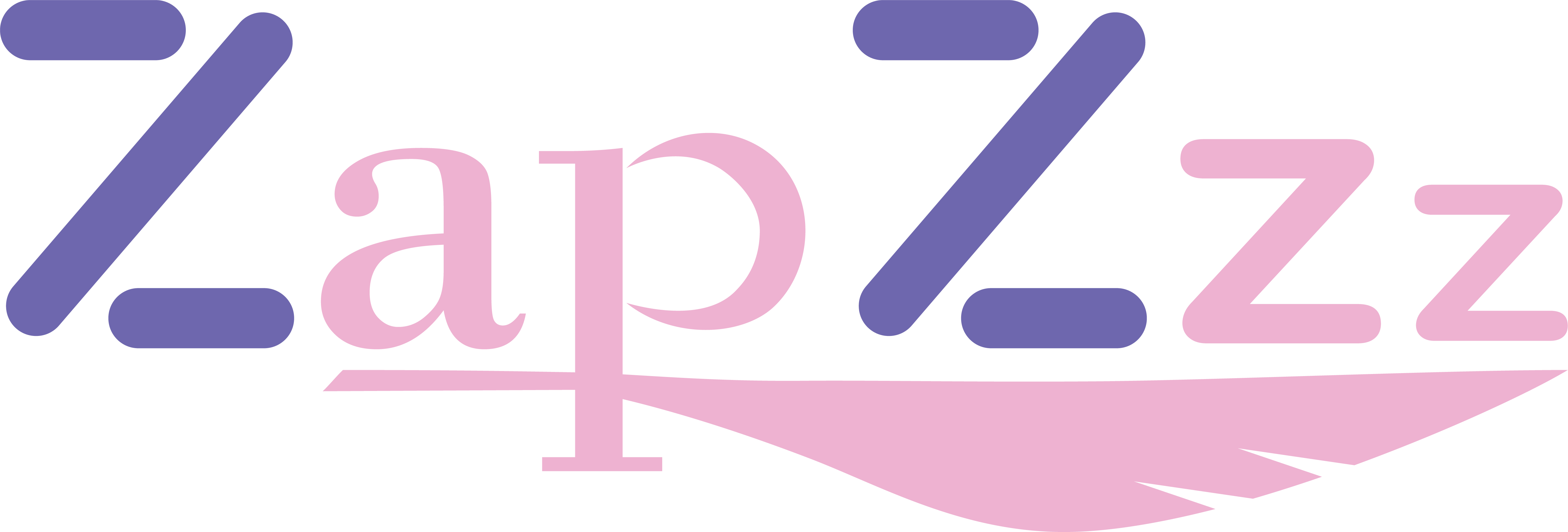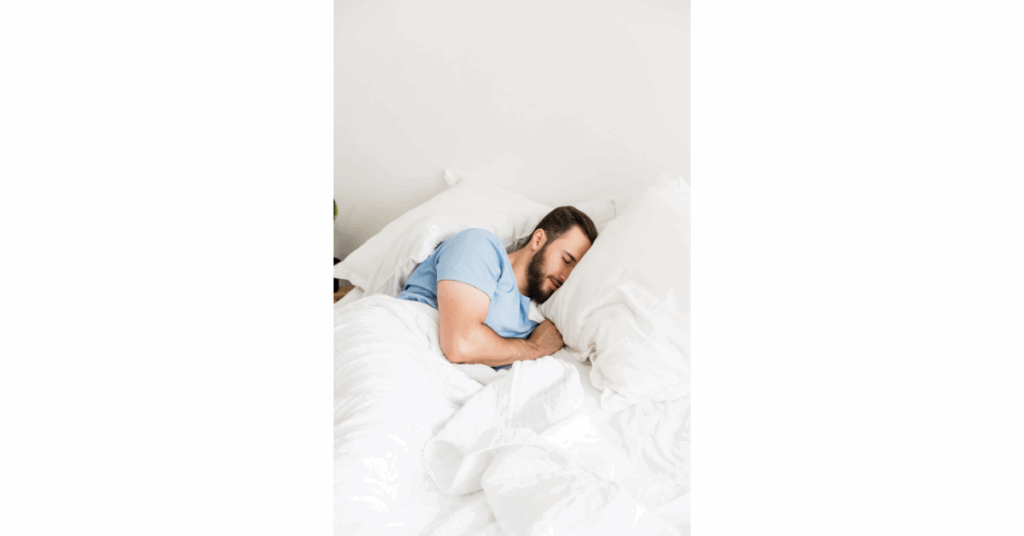When diagnosing sleep disorders, metrics matter—and one of the most important, yet often misunderstood, is the Respiratory Disturbance Index (RDI). This index is a key player in the broader landscape of sleep-disordered breathing (SDB), giving clinicians insight into how frequently a person’s sleep is disrupted by respiratory events. While many people have heard of the Apnea-Hypopnea Index (AHI), fewer are familiar with RDI—even though both aim to quantify how breathing irregularities impact sleep quality. Understanding the nuance between the two can make a real difference in how conditions like Obstructive Sleep Apnea (OSA) are diagnosed and managed.
RDI Explained
Let’s break down what RDI actually measures. The Respiratory Disturbance Index is calculated by taking the total number of apneas((complete breathing pauses), hypopneas (partial airflow reductions), and respiratory effort-related arousals (RERAs) (increased effort causing arousals) and dividing it by the total number of hours a person sleeps. That’s the essential formula:
RDI = (Apneas + Hypopneas + RERAs) / Total Sleep Time (in hours)
Unlike AHI, which includes only apneas and hypopneas, RDI captures a broader scope of respiratory events that disturb sleep, even if they don’t meet the strict thresholds of an apnea or hypopnea. That added sensitivity makes RDI especially valuable when diagnosing patients who may have fragmented sleep but a “normal” AHI—particularly those with daytime sleepiness, fatigue, or mood changes that don’t seem to match the AHI score.
Clinical Relevance
In clinical practice, RDI serves as a magnifying glass for subtler forms of sleep disruption. For instance, a patient may present with persistent symptoms of sleep apnea, yet show an AHI below the diagnostic threshold. That’s where RDI reveals what AHI may miss: arousals from increased breathing effort that don’t meet apnea or hypopnea criteria.
This helps clinicians validate patient symptoms and guide appropriate treatment. Sleep-disordered breathing is a spectrum, not a binary condition, and RDI allows for a more nuanced look at where a patient might fall on that spectrum. By incorporating respiratory effort-related arousals into the equation, RDI supports better decision-making for tailored interventions, such as CPAP therapy, oral appliances, or lifestyle modifications.
Diagnostic Criteria and Measurement
So how do we know when an RDI is cause for concern? The American Academy of Sleep Medicine generally categorizes sleep apnea severity based on the following RDI thresholds:
- Mild: 5–14 events per hour
- Moderate: 15–29 events per hour
- Severe: 30 or more events per hour
These classifications mirror those used for AHI, but again—RDI captures more events, so a patient’s score may fall into a higher severity category depending on how many RERAs they experience.
RDI is typically measured during a polysomnography (PSG)—a comprehensive overnight sleep study that records everything from brain waves and muscle activity to heart rhythm and oxygen saturation. Advanced monitoring tools, like esophageal pressure sensors or nasal flow sensors with increased sensitivity, help detect those subtle arousals that contribute to RDI.
Comparison with AHI
Here’s where it gets interesting: AHI and RDI often overlap, but they’re not interchangeable. AHI gives a snapshot of significant airflow disruptions, while RDI zooms out to include more nuanced disturbances—those that may not cause oxygen desaturation but still fragment sleep.
In certain cases, AHI may underestimate the degree of impairment, particularly in individuals with Upper Airway Resistance Syndrome (UARS) or those who wake up frequently without measurable drops in oxygen. In those scenarios, RDI becomes the better diagnostic lens. For classic Obstructive Sleep Apnea, AHI often suffices for treatment planning.
The takeaway? They complement each other. One isn’t better than the other—it’s about using the right tool for the right context.
Challenges and Considerations
As valuable as RDI is, it doesn’t come without challenges. For starters, defining and identifying hypopneas and RERAs isn’t always straightforward. Different labs might use slightly different criteria, which can lead to inconsistencies in scoring and interpretation.
Add to that the variability in sensor technology—some devices may miss subtle respiratory effort increases, while others might over-interpret minor movements as disturbances. The result? Potential over- or underestimation of sleep apnea severity.
Interpreting RDI also requires an experienced eye. It’s not just about the numbers, but about understanding what they mean in the context of the patient’s symptoms, medical history, and overall sleep architecture.
Advancements and Future Directions
Fortunately, the field is evolving. Emerging technologies like high-resolution airflow sensors and machine learning algorithms are improving how polysomnography interprets respiratory events. We’re also seeing greater emphasis on standardizing definitions, so an RDI score in one clinic means the same thing as in another.
Wearable and home-based sleep monitors are also becoming more sophisticated, bringing the possibility of accurate RDI measurements beyond the traditional sleep lab. This democratization of data could lead to earlier diagnoses, especially in underserved or rural communities.
Looking ahead, we may even see a shift in diagnostic criteria as sleep medicine continues to embrace a more holistic view of sleep quality, not just oxygen levels or airflow disruptions.
In the world of sleep diagnostics, Respiratory Disturbance Index isn’t just another number—it’s a crucial tool that helps clinicians see the full picture. While Apnea-Hypopnea Index remains widely used, RDI steps in to fill the gaps, especially for patients whose symptoms don’t align neatly with traditional metrics.
As technology advances and our understanding of sleep-disordered breathing deepens, RDI will likely play an even greater role in personalizing care and improving outcomes. After all, sleep isn’t just about how long you’re in bed—it’s about how well your body breathes and recovers during those critical hours.


